Archives
- 2025-11
- 2025-10
- 2025-09
- 2025-03
- 2025-02
- 2025-01
- 2024-12
- 2024-11
- 2024-10
- 2024-09
- 2024-08
- 2024-07
- 2024-06
- 2024-05
- 2024-04
- 2024-03
- 2024-02
- 2024-01
- 2023-12
- 2023-11
- 2023-10
- 2023-09
- 2023-08
- 2023-07
- 2023-06
- 2023-05
- 2023-04
- 2023-03
- 2023-02
- 2023-01
- 2022-12
- 2022-11
- 2022-10
- 2022-09
- 2022-08
- 2022-07
- 2022-06
- 2022-05
- 2022-04
- 2022-03
- 2022-02
- 2022-01
- 2021-12
- 2021-11
- 2021-10
- 2021-09
- 2021-08
- 2021-07
- 2021-06
- 2021-05
- 2021-04
- 2021-03
- 2021-02
- 2021-01
- 2020-12
- 2020-11
- 2020-10
- 2020-09
- 2020-08
- 2020-07
- 2020-06
- 2020-05
- 2020-04
- 2020-03
- 2020-02
- 2020-01
- 2019-12
- 2019-11
- 2019-10
- 2019-09
- 2019-08
- 2019-07
- 2019-06
- 2019-05
- 2019-04
- 2018-07
-
Ciclopirox ethanolamine receptor br Experimental section br
2022-11-04
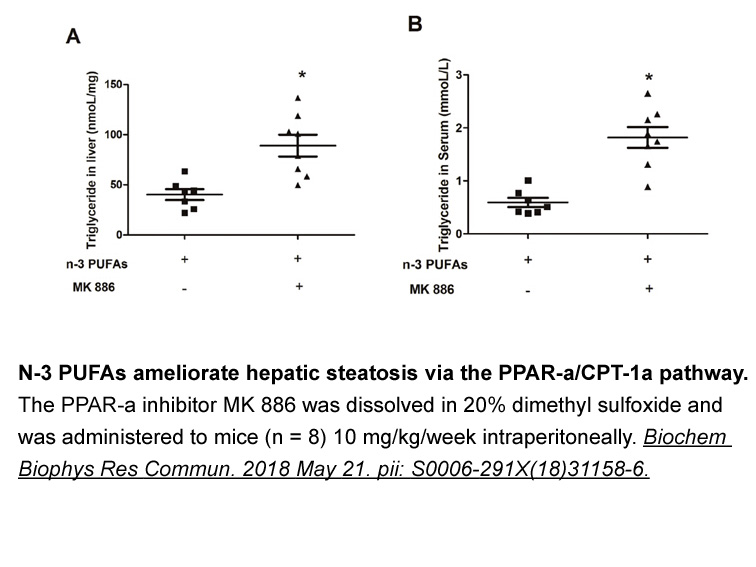
Experimental section Introduction NMDA receptor-induced increases in AMPAR trafficking to the synaptic surface mediates changes in synaptic efficacy in a number of Ciclopirox ethanolamine receptor regions (Shi et al., 1999, Sun et al., 2005, Frenkel et al., 2006). While this process has been
-
br Material and methods br Results Table shows
2022-11-04
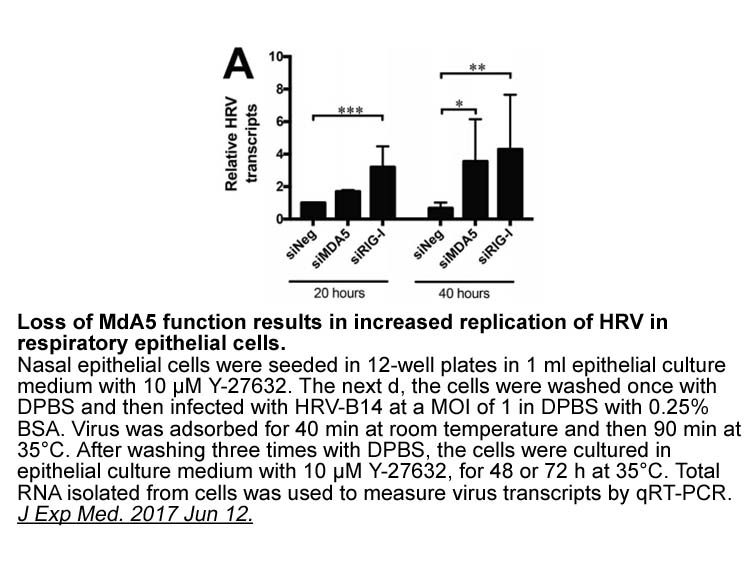
Material and methods Results Table 1 shows that in addition to Leu/CysAP and DPPIV, genes for AspAP, ArgAP, MetAP, APM and PSA are expressed in adipocytes. The kinetic parameters of these AP are also shown in Table 1, revealing that APM has the highest Vmax and catalytic efficiency (Kcat/Km),
-
However relatively little information is available
2022-11-04
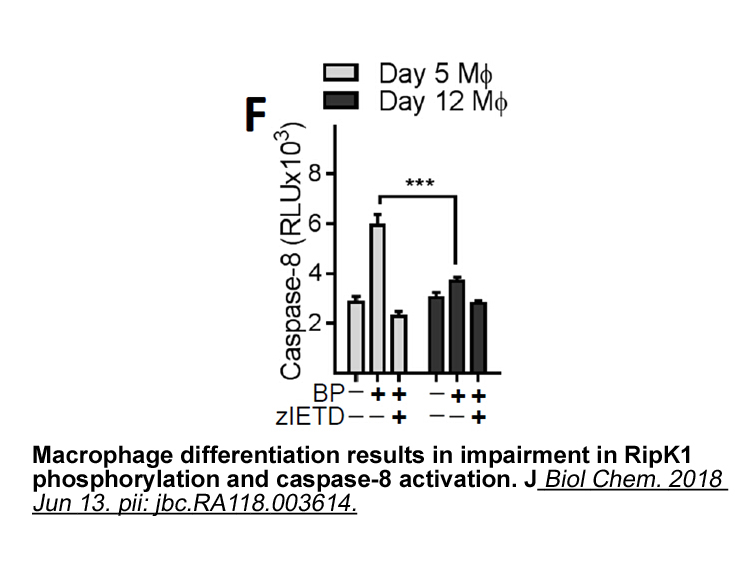
However, relatively little information is available concerning the biochemical properties and other features of such enzymes in Taeniid species. In the current report, a M17 leucine aminopeptidase gene of T. pisiformis (TpLAP) was cloned and expressed, and its enzymatic activity, biochemical propert
-
Another possible scenario is that the same pathologic
2022-11-04
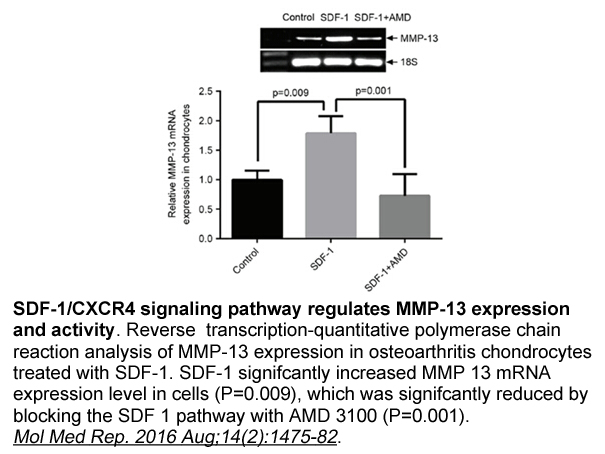
Another possible scenario is that the same pathologic process has different effects in different people. It might be that the pathway outlined in Fig. 6A is operative in some individuals, but other individuals have a factor Q (which could be genetic or environmental) that blocks the effect of A on T
-
br Endoplasmic reticulum protein ERp binds
2022-11-04
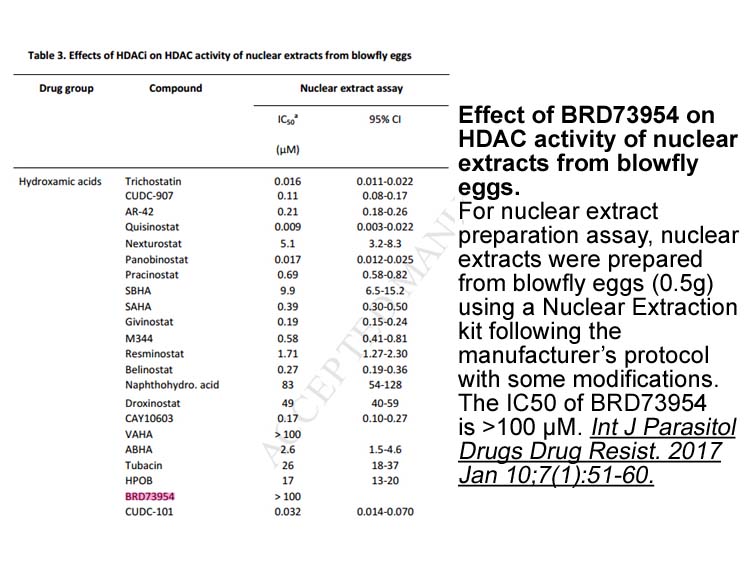
Endoplasmic reticulum protein 46 (ERp46) binds to AdipoR1 in HeLa cells ERp46 is localized in the ER and is suggested to act as a chaperone. About 20% of endogenous ERp46 are found at the plasma membrane suggesting that this protein may have additional functions. ERp46 interacts with blt2 1–70 i
-
igf ir br Acknowledgments br Introduction Within the classic
2022-11-04

Acknowledgments Introduction Within the classical secretory pathway, transmembrane and soluble cargos travel via the endoplasmic reticulum (ER) and Golgi apparatus en route to their final destinations [1]. However, at a post-Golgi level, trafficking routes can diverge. In this context, the tra
-
Sphingolipids such as ceramides and glucosylceramides are
2022-11-04
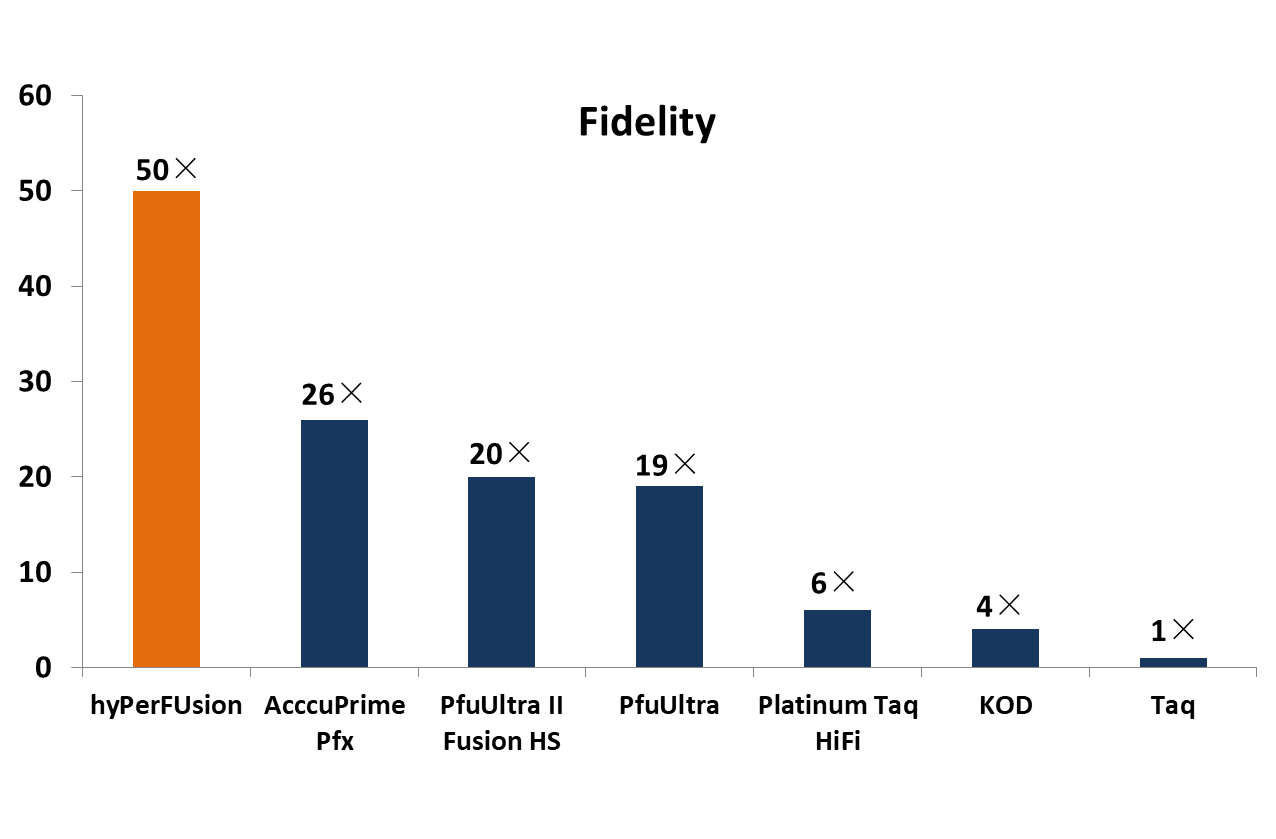
Sphingolipids, such as ceramides and glucosylceramides, are an important class of bioactive lipids. The levels of these lipids change as a function of adipose tissue mass and functionality, and are partially driven by cellular availability of palmitoyl-CoA. Aberrant accumulation of ceramide, glucosy
-
br Expression of ADK in the normal
2022-11-04

Expression of ADK in the normal brain In adult brain, ADK is primarily expressed in astrocytes. Immunocytochemical analysis of adult rat and mouse kit inhibitor revealed predominant astrocytic expression throughout the hippocampus and cortex. Two isoforms of ADK have been identified in mammals,
-
Our results using RT PCR
2022-11-04

Our results using RT-PCR confirm earlier findings (Wilisch et al., 1999, Bruno et al., 2004) including the presence of both the P3A+ and P3A− isoforms of the α-subunit (Beeson et al., 1990). The lack of detection of the ε-subunit mRNAs in some thymomas, and lack of α-, β-, δ- and γ-subunit mRNAs by
-
omecamtiv Previously several genes such as cytokine Lyu
2022-11-04

Previously, several genes such as cytokine (Lyu and Park, 2007), cell motility-associated genes (Schotterl et al., 2017), transforming growth factor-β (TGF-β), TGF-β receptor II which is a cell surface receptor with serine/threonine kinase activity (Jiang et al., 2014, Schotterl et al., 2017), cell
-
Loss of expression or functional activity of
2022-11-04
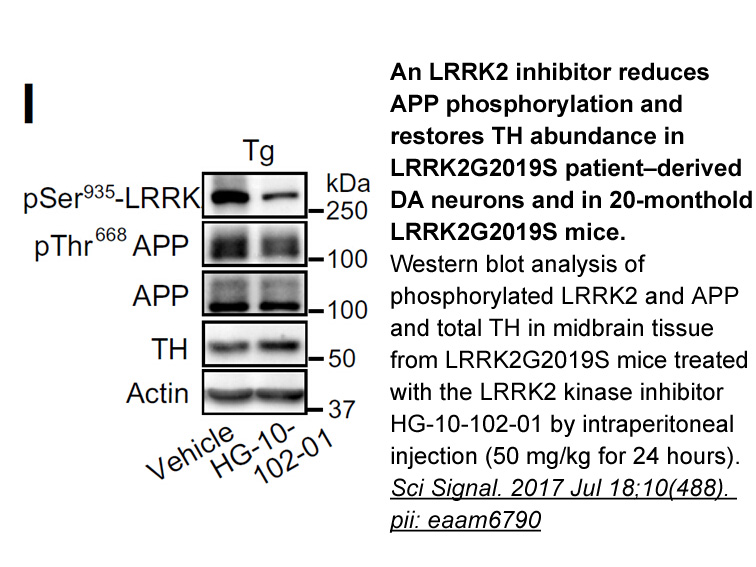
Loss of expression or functional activity of cell adhesion is intricately related to advanced stages of tumour progression and invasiveness. Martin-Belmonte and Perez-Moreno recently mentioned that the deregulation of adhesion can alter tumourgenesis in the early stage. We have shown for the first t
-
The evidence points toward a role for LO
2022-11-04
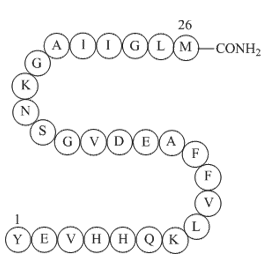
The evidence points toward a role for 12/15-LO activity in WAT in modulating chronic local inflammation and subsequent systemic metabolic decline in the obese state. However, little is known as to the role of 12- and 15-LOs in BAT. Indeed, in addition to WAT, platelet- and leukocyte-type 12-LO are e
-
Human hepatocyte transplantation resulted in some animals wi
2022-11-04

Human hepatocyte transplantation resulted in some animals with relatively sparse repopulation while others had >90% of their liver containing human hepatocytes. The presence of circulating human albumin varied based on the amount of repopulation as the degree of humanization is reported to correlate
-
br Secreted enzymes Only two secreted S aureus enzymes
2022-11-04

Secreted enzymes Only two secreted S. aureus enzymes reportedly induce apoptosis, namely, staphylococcal staphopain B (SspB) and coagulase. SspB selectively cleaved CD11b/CD18 integrin and induced an apoptosis-like cell death in neutrophils and monocytes (Smagur et al., 2009). Neutrophils or mono
-
Hsp also called FK binding protein FKBP is
2022-11-03

Hsp56 (also called FK506-binding protein 52, FKBP52) is one of the steroid receptor-associated immunophilins with tetratricopeptide repeat domains, which serve as binding sites for Hsp90 (Peattie et al., 1992). Hsp56 is elevated in breast cancer compared with normal breast tissue (Ward et al., 1999)
16163 records 381/1078 page Previous Next First page 上5页 381382383384385 下5页 Last page